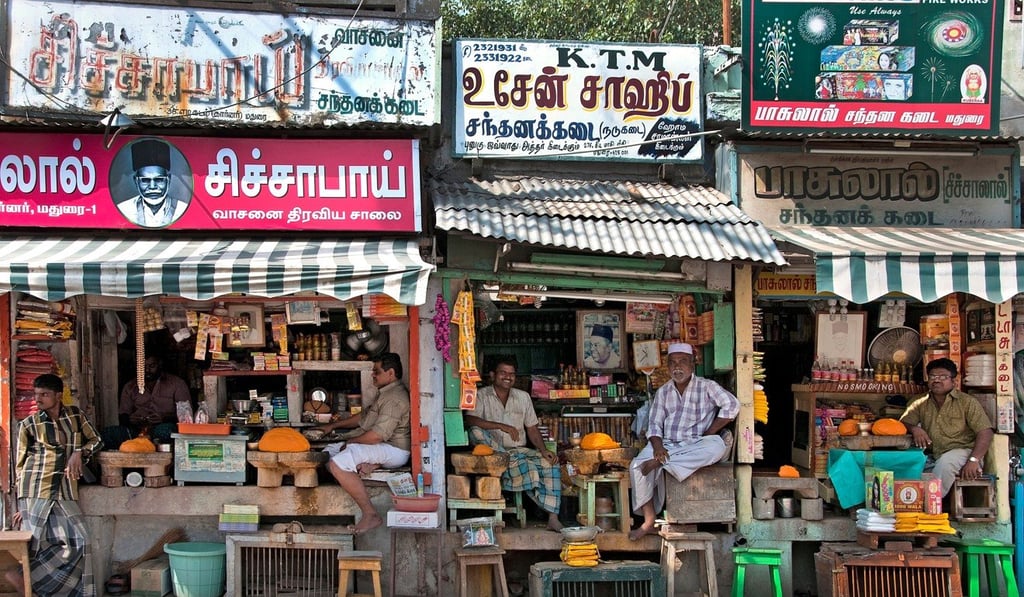How khichdi, mix of lentils and rice, became India’s ‘national dish’, and its almost infinite varieties
The ancient, humble staple is popular around the country, where everyone seemingly has their own recipe for it, and has been enjoyed by peasants and emperors alike for thousands of years

The question had never been asked before, perhaps because it seemed preposterous; like asking Italians which pasta is the finest; or Germans which sausage best embodies the soul of the country; or Americans whether the peanut butter is more important than the jelly? And when it was asked, all hell broke loose.
What is India’s national dish? The furore developed because the upstart being discussed as the main contender was so outrageously ordinary. A dish eaten in almost every Indian home, khichdi is a mix of rice and lentils, cooked with spices and tempered with dollops of ghee (clarified butter) in its most rudimentary form.
But, as you travel across the subcontinent, khichdi is prepared in an almost infinite number of permutations, some of which challenge the risotto in sophistication. It’s one of those peasant dishes, like the fava mudammas in the Middle East, that are so bursting with comforting flavours they’re difficult to tire of.

When French president Charles de Gaulle grumbled that it was hard to govern a country with 240 varieties of cheese, he had obviously never considered India. The meals a Muslim carnivore in northern Kashmir sits down to bear no resemblance to those eaten by a vegetarian Hindu Brahmin – not at the other end of the country but next door, in the neighbouring state of Punjab.
